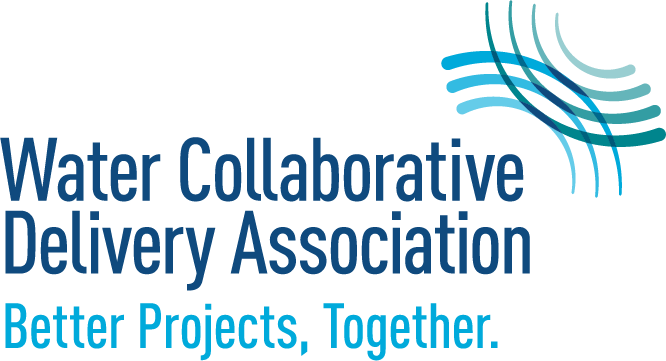Last month in working with a client to prepare for a collaborative delivery project, they asked some interesting questions about how they can achieve a successful project with more certainty and predictability. This was not the first time this topic has been raised. Others have also expressed a desire for guidance. The good news is that across the board we are definitely seeing a significant increase in successful client/contractor experiences that result from working in a collaborative and transparent environment. The guidance provided below is part of the discussion that occurred on actions needed to achieve a successful project.
As an initial step in its planning process, an owner should conduct a proactive and objective assessment of the unique characteristics of its program/project and its organization before deciding to use one of the identified collaborative delivery methods (construction management at-risk, progressive design-build, or fixed-price design-build). With the objective of pursing best practices, owners should thoroughly understand the benefits, limitations, and attributes of each of the collaborative delivery methods in order to make an informed decision as to which one will best achieve the defined drivers for success.
The following actions are defined and recommended for owners to pursue during the planning process of a collaborative delivery project:
- Create an organizational team of experienced and key personnel from all disciplines, including operations and maintenance, that supports the collaborative characteristics essential to achieve a successful procurement and execution of a design-build or CMAR project.
- Identify and involve key project stakeholders in a process to reach alignment and agreement on the organization’s goals, expectations, and priorities that serve as project drivers throughout the planning and procurement activities.
- Involve senior leadership who are committed to the success of a collaborative delivery project through timely decision-making in order to foster a healthy and trusting relationship among the entire project team.
- Understand any constraints imposed or flexibilities afforded by the legislative, regulatory, or internal requirements for procurement of collaborative delivery projects.
- Evaluate the project budget to ensure that estimates are current and in alignment with existing economic conditions and future needs.
- Research and assess current market conditions to identify potential risks and opportunities impacting the project as well as firms interested in the proposal process.
- Develop a rigorous and equitably balanced project risk assessment prior to the procurement process and then update/refine the risk assessment as the project proceeds to management and transition.
- Involving operations and maintenance, establish the expectations of the design-builder’s role in the startup, commissioning, and operations of the project and communicate those expectations in the procurement documents.
- Define the components of a procurement plan that enhance collaboration for innovation, risk mitigation, and performance-based specifications if applicable to the project drivers.
To achieve a successful procurement process, owners should pursue the following practices:
- Define and implement a procurement process that focuses on the qualifications of the design-builder/CMAR and key team members rather than price and rewards proposing teams that have a demonstrated history of successfully collaborating on design-build projects.
- Include participation of key trade subcontractors early in the procurement process.
- Provide a reviewed and realistic project budget within the procurement documents.
- Pursue a procurement with the goal of minimizing prescriptive requirements and maximizing performance-based requirements to allow a design-build/CMAR team to meet or exceed the owner’s needs through innovation and creativity, if applicable.
- Consider the level of effort required by proposers to develop quality responsive proposals and limit deliverables to those needed to differentiate among proposers during the selection process.
- In the RFP, provide transparent evaluation/scoring criteria that aligns with the project drivers and proposal requirements.
- Consider proprietary meetings with proposers and owner’s staff to vet ideas, ask questions, and gain insight.
In conclusion, owners agree that the fundamental practices in successful collaborative delivery projects are achieved through open communication, trust, and transparency.

